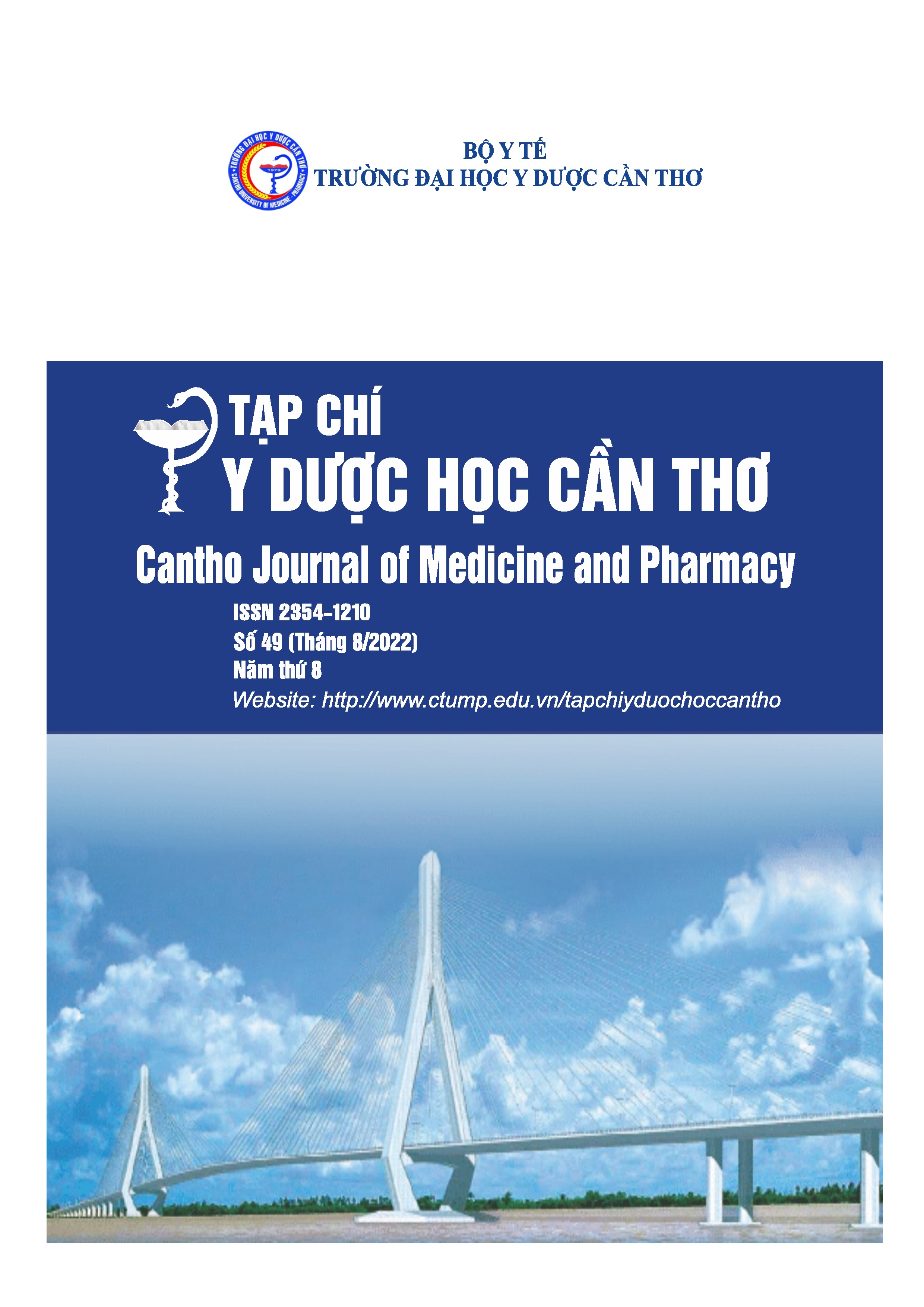INFERIOR VENA CAVA EVALUATION IN FLUID THERAPY DECISION MAKING IN INTENSIVE CARE: PRACTICAL APPROACH
Main Article Content
Abstract
The fluid resuscitation of patients with acute circulatory failure aims to increase systolic volume and consequently improve cardiac output for better tissue oxygenation. However, this effect does not always occur because approximately half of patients do not respond to fluids. The evaluation of fluid responsiveness before their administration may help to identify patients who would benefit from fluid resuscitation and avoid the risk of fluid overload in the others. The dynamic parameters of fluid responsiveness evaluation are promising predictive factors. Of these, the echocardiographic measurement of the respiratory variation in the inferior vena cava (IVC) diameter is easy to apply and has been used in the hemodynamic evaluation of intensive care unit (ICU)patients. This article updates the use of IVC respiratory variation to assess fluid responsiveness and its applicability among patients with acute circulatory failure in the ICU.
Article Details
Keywords
IVC, echocardiography, fluid therapy, ICU
References
2. Cecconi M, Hofer C, Teboul JL, et al. (2015), “Fluid challenges in intensive care: the FENICE study - a global inception cohort study”, Intensive Care Med, 41(9), pp.1529-37.
3. Furtado S, Reis L (2019), “Inferior vena cava evaluation in fluid therapy decision making in intensive care: practical implications”, Rev Bras Ter Intensiva, 31(2), pp.240-247
4. Levitov A, Frankel HL, Blaivas M, Kirkpatrick AW, Su E, Evans D, et al. (2016). “Guidelines for the appropriate use of bedside general and cardiac ultrasonography in the evaluation of critically ill patients - Part II: Cardiac ultrasonography”, Crit Care Med, 44(6), pp.1206-27.
5. Ma Q, Shi X, Ji J, Chen L, Tian Y, Hao J, Li B (2022), “The diagnostic accuracy of inferior vena cava respiratory variation in predicting volume responsiveness in patients under different breathing status following abdominal surgery”, BMC Anesthesiol, 22(1), pp.63.
6. Miller A, Mandeville J (2016), “Predicting and measuring fluid responsiveness with echocardiography”, Echo Res Pract, 3(2), pp.G1-12.
7. Musikatavorn K, Plitawanon P, Lumlertgul S, et al. (2021), “Randomized Controlled Trial of Ultrasound-guided Fluid Resuscitation of Sepsis-Induced Hypoperfusion and Septic Shock”, West J Emerg Med, 22(2), pp.369-378.
8. Ogbu OC, Murphy DJ, Martin GS (2015), “How to avoid fluid overload”, Curr Opin Crit Care, 21(4), pp.315-21.
9. Orde S, Slama M, Hilton A, Yastrebov K, McLean A (2017), “Pearls and pitfalls in comprehensive critical care echocardiography”, Crit Care, 21(1), pp.279.
10. Yao B, Liu JY, Sun YB, Zhao YX, Li LD (2019), “The Value of the Inferior Vena Cava Area Distensibility Index and its Diameter Ratio for Predicting Fluid Responsiveness in Mechanically Ventilated Patients”, Shock, 52(1), pp.37-42.


